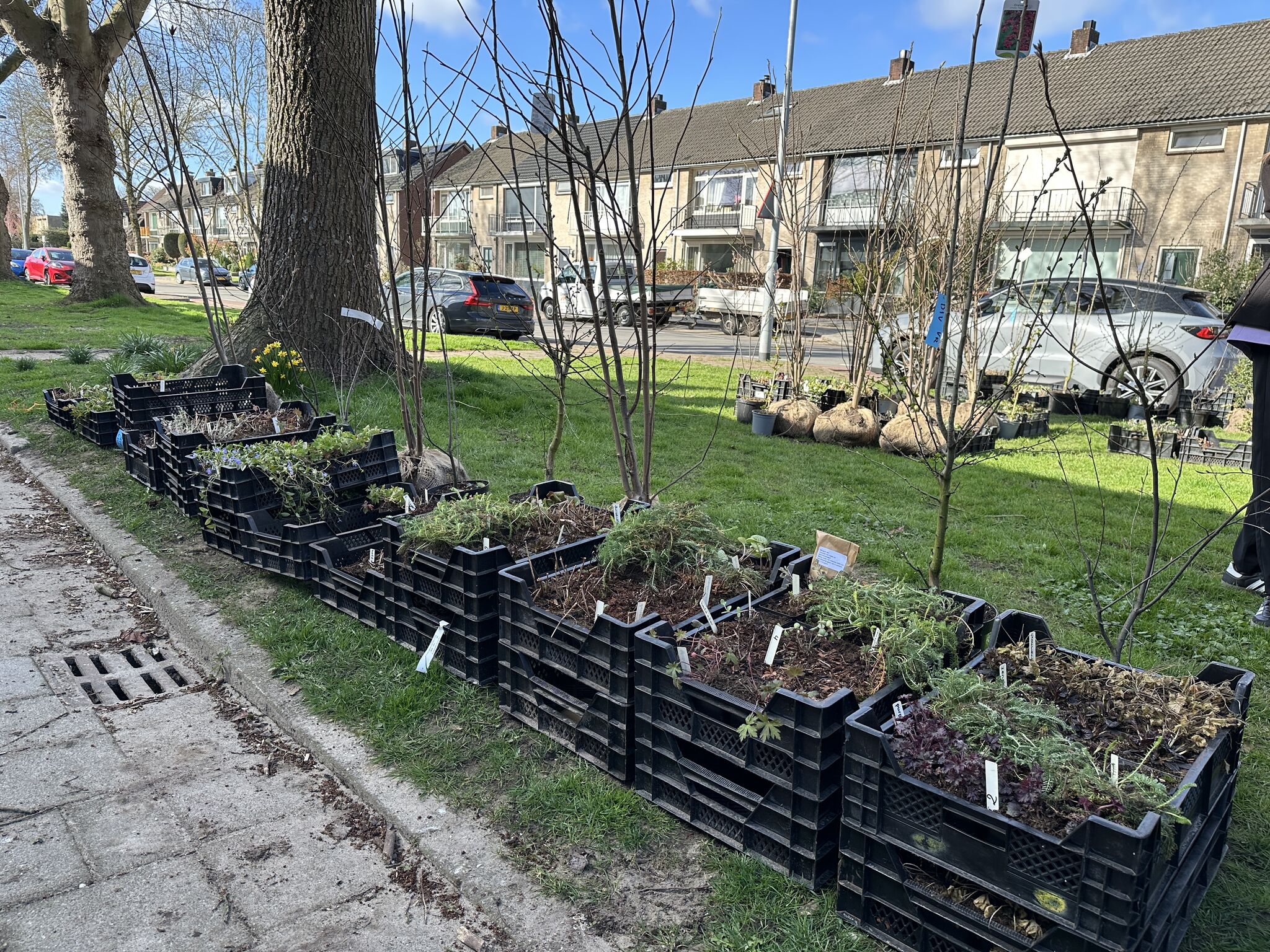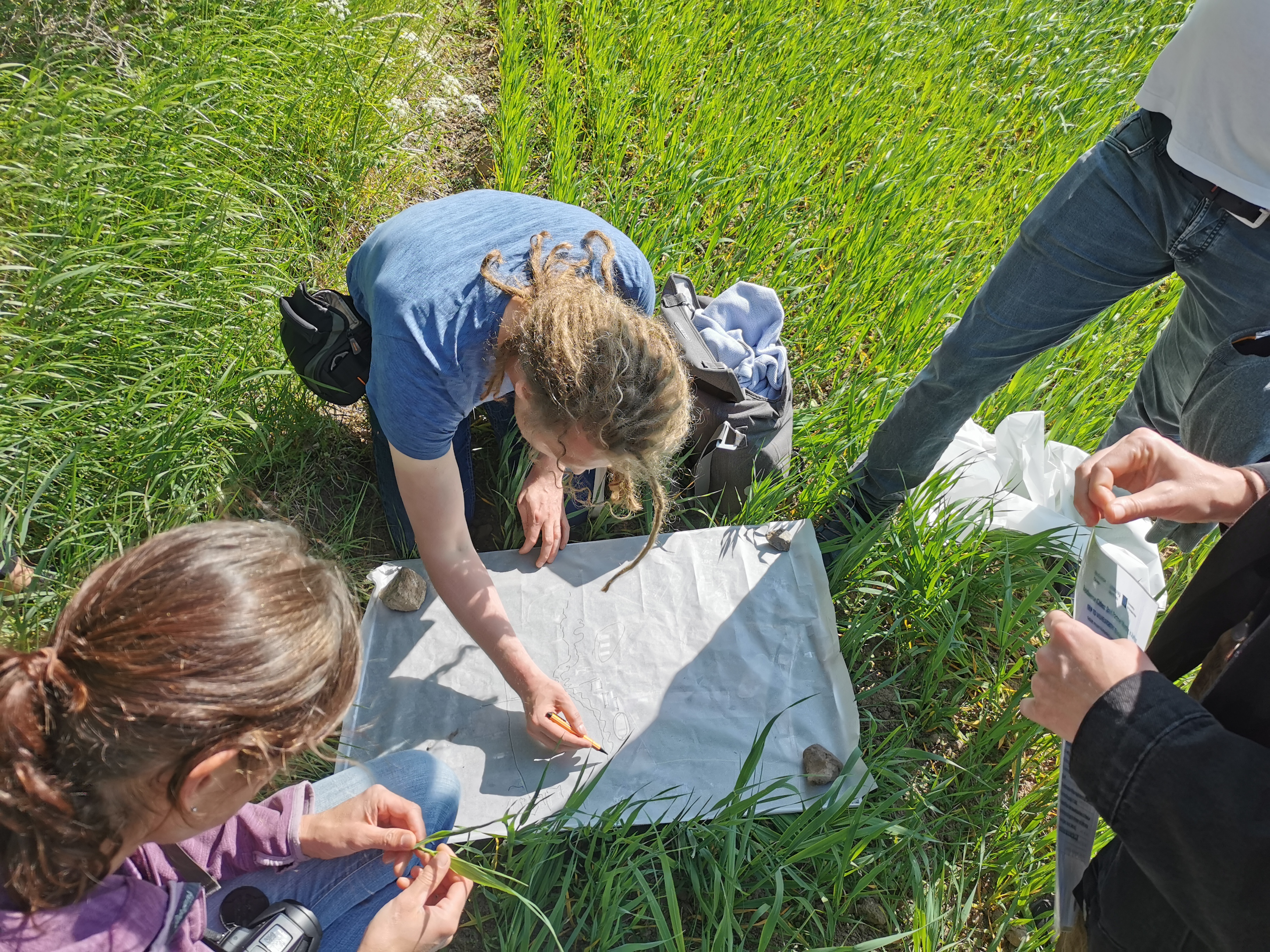In the face of escalating climate risks and biodiversity loss, European cities are rethinking their relationship with nature, understanding it as a vital partner in building healthier, more resilient urban environments. As part of the Biodiverse Cities Interreg North Sea initiative, five municipalities across the North Sea region are showing what it means to embed biodiversity into the centre of urban planning, while another four municipalities are replicating their solutions.
Originally published: IUCN
This work comes at a crucial time. Urban landscapes are both drivers and victims of biodiversity loss, yet biodiversity is still too often sidelined in city strategies, and this represents a missed opportunity. In this context, Nature-based solutions (NbS) not only support species and ecosystems, but can also deliver climate protection, public health benefits, and social equity. By providing multiple benefits, NbS represent a powerful set of tools for cities to address increasingly complex environmental and societal challenges, while safeguarding species and their habitats. Agreements like the Nature Restoration Regulation, a key element of the EU Biodiversity Strategy that sets binding targets to restore degraded ecosystems, offer extra incentive to ensure urban approaches to climate adaptation are holistic and effective.
As the stakes build, so do the benefits
Integrating biodiversity into urban development isn’t just good for insects or parks. It is essential to citizens’ safety and wellbeing. Biodiverse green spaces help regulate temperature, reduce flood risk, and support mental and physical health with impacts ranging from reduced stress after listening to birdsong to strengthening children’s immune systems, which are shaped by early exposure to microbial diversity . High-quality green areas also enhance air quality, reduce noise pollution, and increase opportunities for community building and social cohesion.
Yet in cities where land is scarce and pressure is high, space for biodiversity needs to be actively designed into the urban fabric. That’s exactly what the cities in the Biodiverse Cities project are doing - each in their own way, tailored to their local contexts.

What urban biodiversity looks like on the ground
With two pilots per city and endless inspiration to share, here’s a brief glimpse at how five municipalities are currently turning ambition into action:
Dordrecht, Netherlands: Connecting Nature and Neighbourhoods
One of Dordrecht's 15-hectare pilot areas lies between the City Park XXL and the residential neighbourhood of Dubbeldam. The project focuses on extending green and blue networks from the park into the neighbourhood, addressing issues like heat stress and flood risk. By integrating nature-inclusive designs into housing and public spaces, the initiative seeks to enhance biodiversity and improve residents' quality of life.
Aarhus, Denmark: Creating a Green Ring for Nature and People
Aarhus is transforming approximately 350 hectares of former farmland into a "Green Ring" south of the city. This initiative aims to connect two Natura 2000 sites through new forests, wetlands, and grasslands, enhancing habitats for protected species like the tree frog (Hyla arborea) and the crested newt (Triturus cristatus). The project also includes the restoration of small lakes and streams, the establishment of recreational pathways, and the implementation of naturalistic year-round grazing to maintain open landscapes.
Bremen, Germany: Greening an Industrial Landscape
In Bremen's Industrial Park Riedemann-/Reiher-Str., a 52-hectare area characterised by high levels of surface sealing and minimal green space, efforts are underway to introduce biodiversity-friendly infrastructure. Plans include transforming parking areas into green spaces with trees and benches, encouraging businesses to unseal and green their properties, and conducting biodiversity baseline studies. These actions aim to create a more inviting environment for both people and wildlife.
Lille, France: Revitalising Urban Spaces
In Lille, a 640 m² site previously occupied by a building is being transformed into a shared garden and allotments. The project includes the creation of individual garden plots, a collective garden area, a trellised orchard, and a wetland zone. Residents are actively involved in the development and management of the space, fostering community engagement and increasing urban biodiversity.
Växjö, Sweden: Designing Nature-Inclusive Education Spaces
At Gemla Preschool in Växjö, a 5,800 m² area is being developed to incorporate nature-based solutions that support outdoor education and biodiversity. The project addresses the lack of shade and biodiversity in the area by introducing diverse plantings and creating habitats that also serve as educational resources for children.
These solutions may look different, but the principle is shared: biodiversity must be considered in every planning strategy. It’s no longer an optional add-on, it’s a foundation for resilient, liveable cities.

From one city to many: the power of learning together
The Biodiverse Cities partnership demonstrates that progress happens faster when cities can learn from each other. Through the Transnational Peer Learning Programme, the partnership creates and shares valuable insights from their experience within a knowledge ecosystem, allowing the consortium to dive into thematic topics and draw inspiration from one another.
By the end of this project, the consortium will have tested and validated Bio-NBS in different contexts, as well as mapped opportunities for replication to continue bringing biodiversity back to Europe’s cities.
Whether it’s about retrofitting industrial zones, rethinking educational spaces, or protecting vital water sources, the message is clear: biodiversity belongs in the city, and urban planning must make space for it.
By: Vittorio Bellotto (IUCN), Sol Gustafsson and Caitlin Ball (Bax)
